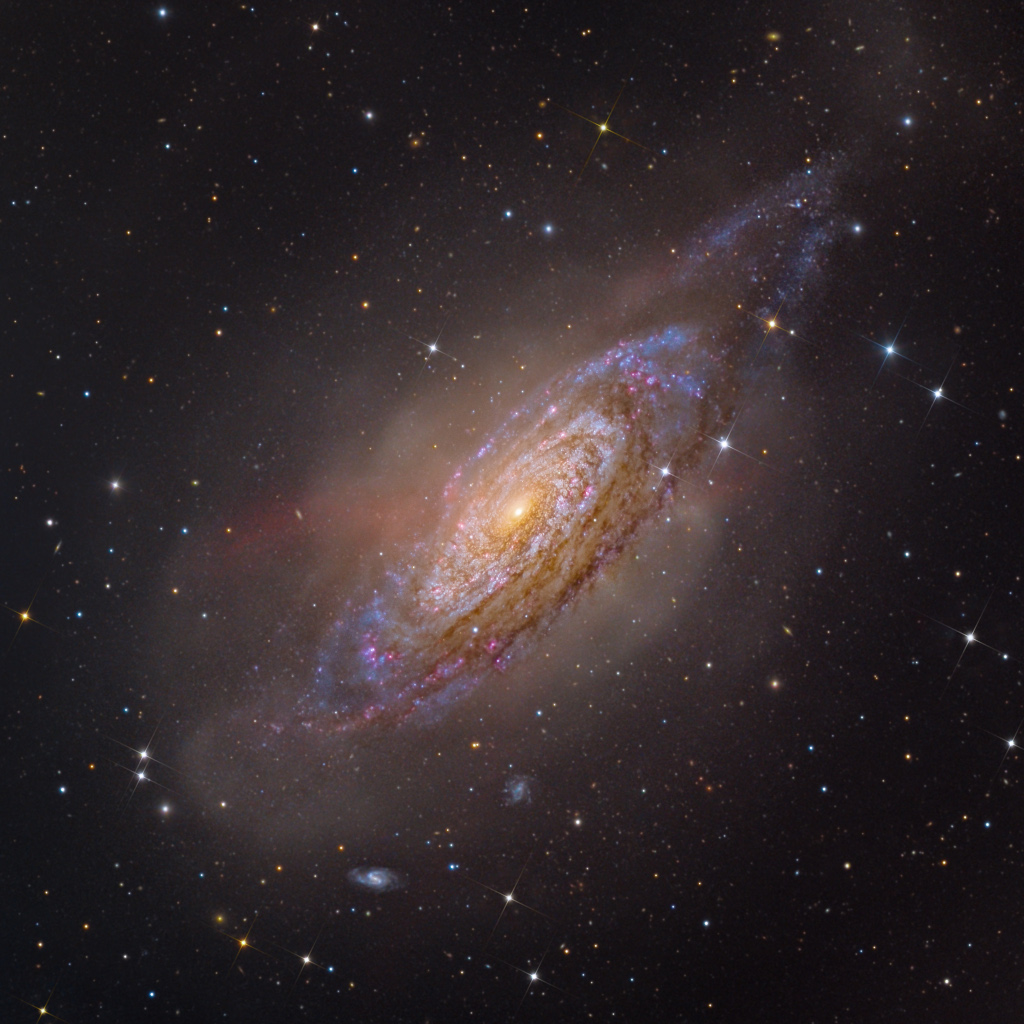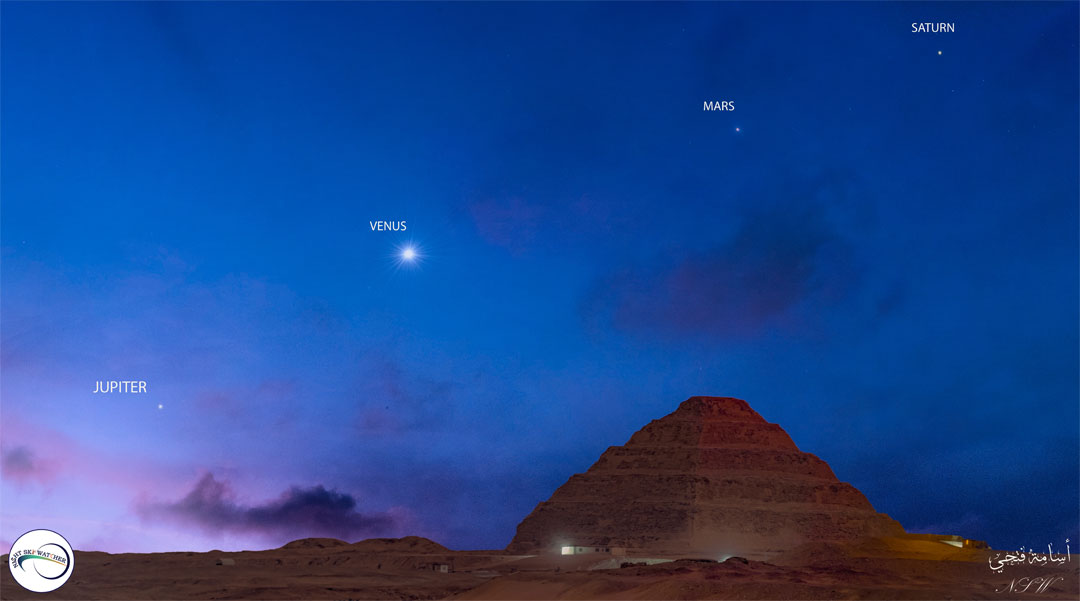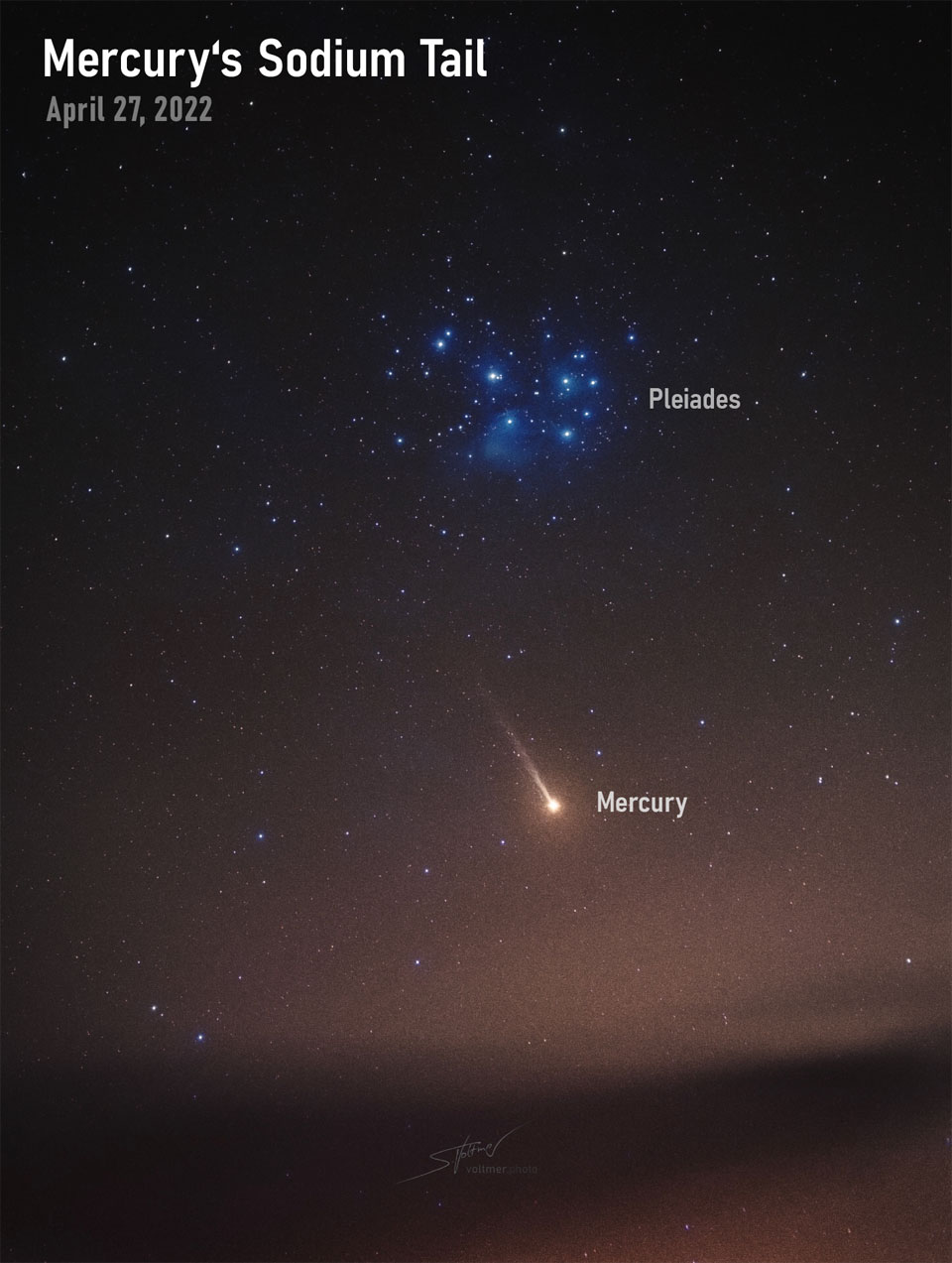
NGC 3521: Galaxy in a Bubble


Media are invited to join NASA Deputy Administrator Pam Melroy and Representatives Ed Perlmutter, Joe Neguse and Jerry McNerney for a tour of the Westminster, Colorado-based aerospace company Advanced Space Thursday, May 5.
from NASA https://ift.tt/Hhqi8Tv
via IFTTT
NASA will hold a media teleconference at 3:30 p.m. EDT Thursday, May 5, to discuss the status of the next wet dress rehearsal test of the agency’s Space Launch System (SLS) rocket and Orion spacecraft at the agency’s Kennedy Space Center in Florida.
from NASA https://ift.tt/hnjt5xi
via IFTTT
NASA will provide live coverage of the upcoming return activities for the agency’s SpaceX Crew-3 mission.
from NASA https://ift.tt/zZ1Vs2R
via IFTTT


NASA has recognized a new generation of potential space explorers who competed in the agency’s 28th annual Human Exploration Rover Challenge.
from NASA https://ift.tt/UQcHktM
via IFTTT


